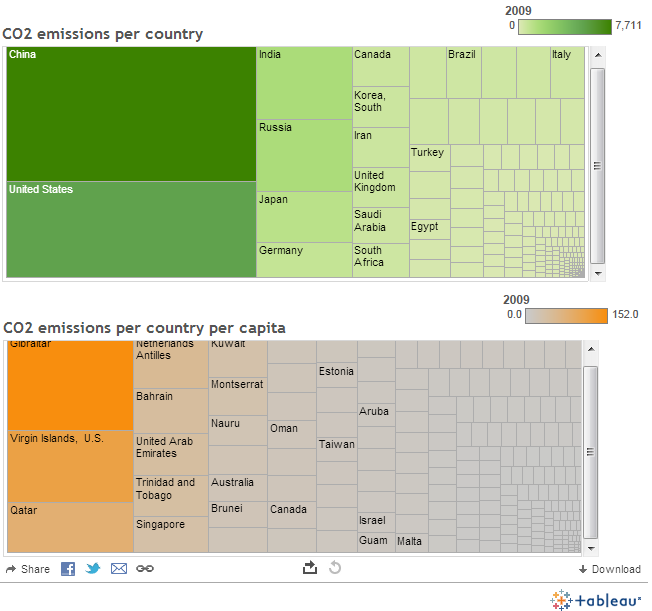I think this is the busiest summer I’ve ever had in my life. I’m trying hard to follow my schedule, but not always successfully. Thanks to Python MOOC’s organisers who havekindly included a week’s break in the middle of the sequence and now I hope to cover week 4 before the next bunch of tasks arrives. I’ll soon post some updates on my findings and experiences.
For now I’ll just save a couple of links here:
This is where MIT OCW hometasks (assignments) can be downloaded. I just keep losing this page. Now I seem to have fixed it.
And another link, which is not about Python, but I thought it might be interesting for some of my peers. It’s The Visual Display of Quantitative Information by Edward R. Tufte. The shortcoming is that the book is not free. Well, at least it is not supposed to be. Anyway, it was recommended by a person whose judgement I trust here.
Also (just boasting) we’re starting an experimental one week’s long data-MOOC (or data-expedition) in Russian in less than a week’s time. The subject will also be very narrow: we’ll only have to learn different ways of searching for data. I really wonder what it’ll turn to be like. What I know for sure is that it’s going to be a huge pile of various information in addition to Python and my job. And there’ll have to be some additional analytical work afterwards, because we’ll have to sum up our results and understand what we’ll have to improve in its future iterations. The question is how I’m going to find time for all this. But I’ll have to.



